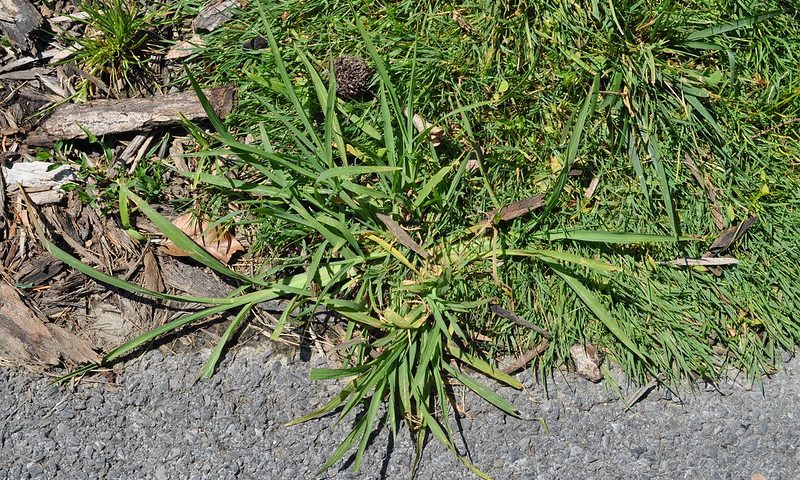Once crabgrass begins growing in your yard, it can seem difficult to get rid of that pesky lawn weed for good. Every new growing year you may try different ways to combat your crabgrass issues. You might cut your grass extremely short, or use certain weed killers that are simply ineffective at eliminating crabgrass completely from your lawn. No matter what you try to do, crabgrass seems to continue growing and invading your lawn. Most conventional weeds live for several years, but unlike most weeds crabgrass plants only live for one year. However, what those plants are capable of doing in that one year of life can have long-standing consequences on the quality of your yard. Understanding how crabgrass behaves, and how to break its growth cycle can help you completely purge it from your lawn for good.
Understanding the Crabgrass Growth Cycle
The first step to effectively treating your crabgrass problem is by understanding how it grows. Crabgrass is an annual weed whose seeds germinate during spring and summer. Crabgrass most commonly grows in sandy, compressed soil where the grass is in a weakened and thinned state. These delicate lawns allow sunlight to directly strike the soil, which is an ideal condition for crabgrass germination. Crabgrass self-seeds easily and a single plant can produce 150,000 seeds during the growing season, which is one of the primary reasons that it can be so difficult to treat and control. The many ungerminated seeds that are produced can stick around until the next spring and future growing seasons waiting to fully germinate and start the cycle all over again. This is why it is important to prevent crabgrass seeds from ever becoming seed-producing plants, as this is the most effective way to prevent it from growing in the first place.
Crabgrass Pre-Emergence Treatment
With all of these potential crabgrass seeds waiting to grow in your lawn, the best way to handle crabgrass is by using a pre-emergence treatment. The first and most critical step to this treatment is ensuring that it gets applied in the spring before the crabgrass seeds are allowed to germinate. Having an experienced lawn care professional apply pre-emergent herbicides to your lawn can keep the crabgrass away, while also ensuring that the other areas of your lawn remain healthy. If crabgrass has already begun to sprout, it can also be treated with a post-emergent herbicide that targets the actual plants instead of the seeds. If you think your lawn can benefit from pre or post-emergent care to treat your crabgrass problems, Blue Grass Lawn Service may be able to help. Our team has over 36 years of experience with various lawn care services and can work with you to decide what kind of lawn treatment best meets your needs.
Learn more about our treatment plans or give us a call at (215) 364-7000 for a FREE quote!
Check out our Facebook page for more lawn care tips!
Featured Image: "Large crabgrass," by NY State IPM Program at Cornell University, licensed under CC BY 2.0.
